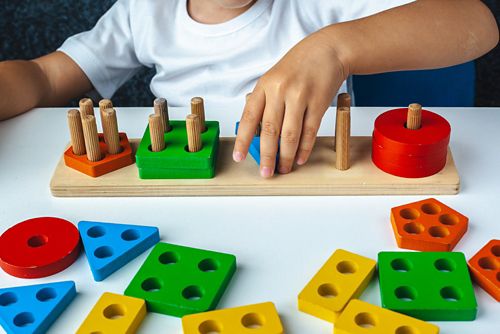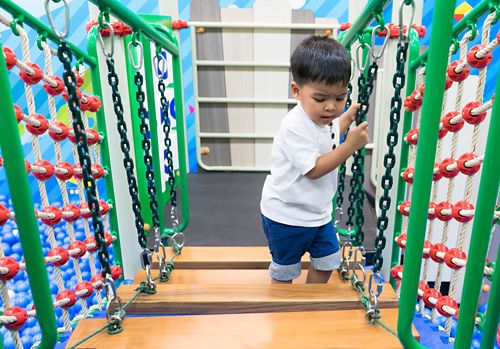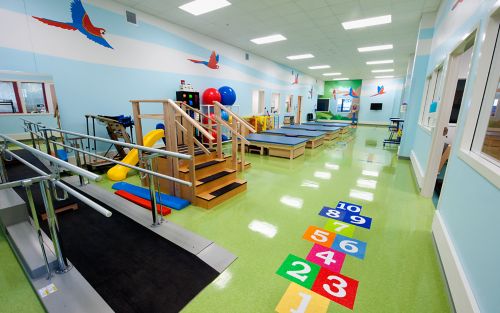Occupational therapy assessment for children ages 5 and up
Evaluation of children and teens will focus on assessment of the skills needed for activities of everyday life. Part of the evaluation will include an interview with children and their parents to learn about the child’s ability to do daily tasks in home, school, and community settings. The occupational therapist will ask the patient and caregivers about how much assistance they need for daily tasks including dressing, bathing, toileting, grooming, and eating as well how the child is doing with school and play activities. The occupational therapist will also try to find out more about what the child likes to do and what motivates them.
After the interview, the occupational therapist will ask the child to perform a variety of tasks or assessments to identify any limitations or areas of concern.
Areas assessed in an occupational therapy visit
Different areas of function may be assessed during an occupational therapy evaluation. These include:
Fine motor skills: Ability to use the small muscles of the hands to manipulate objects such as toys, eating utensils, or a pencil for handwriting.
- Fine motor coordination may be assessed by watching the child complete a fine motor task like putting beads onto a string. Fine motor standardized assessments such as the 9 Hole-Peg Test or the Box and Blocks Test may also be used.
- Fine motor strength can be assessed using a dynamometer, a tool that gives a measurement of the number of pounds of grip strength when the patient squeezes it.
- The therapist may have the child give a handwriting sample or participate in a test of handwriting skills.
Gross motor coordination: Ability to perform large, coordinated movements
- An occupational therapist may evaluate coordination of both arms by throwing and catching a ball, using an arm bike, or reaching for objects in multiple directions.
Visual skills: How well children use their vision to perform daily tasks.
- Visual motor skills (hand eye coordination) may be assessed using a standardized assessment such as the Beery-Buktenica Developmental Test of Visual Motor-Integration or the Bell Cancellation Test.
- For children with vision loss, an occupational therapist will help assess how well they are able to navigate their environment and how vision loss impacts daily activities.
Activity tolerance: Having the energy needed to perform daily activities at home, school, and in the community.
- The occupational therapist will want to about the child’s energy level such as if being too tired limits daily activities or whether extra naps are needed. Parents might be asked to fill out a questionnaire about activity tolerance, or the occupational therapists may observe your child while they complete activities.
Musculoskeletal function: Function of muscles and joints.
- Assessment of musculoskeletal function includes measurement of upper body (arm) strength.
- The occupational therapist may also assess muscle tone, or how much tension is in the muscle.
Sensation: Ability to detect pressure, touch, and temperature.
- Assessment of sensation will include finding out how well your child can sense things that come into contact with their skin. For example, the occupational therapist might ask your child to close their eyes and ask if they can feel a soft cloth gently brush against their hand.
Functional cognition: Ability to use thinking and processing skills to learn and complete tasks including self-care, school, and play.
- When assessing cognition, a therapist may ask how well the child follows directions, solves problems, or completes tasks without reminders.
- The occupational therapist may observe functional cognitive skills during an activity such as making playdough from a recipe.






